How Alliora Achieved Smart Scaling With Robotic Palletizing

Posted on Dec 06, 2021 in Case Study
6 min read time
How do you elegantly scale production when your processes rely on manual steps?
For French manufacturer Alliora, robotic palletizing was the answer…
When 2021 brought a new need for automation for Alliora
It was May 2021 and Antoine Bruno was the new General Manager at Alliora.
Alliora is a manufacturing company based in Fougères, France. They specialize in the production and packaging of rigid boxes. They work with industries such as computer gaming, cosmetics, and for any company whose products are packed in such rigid boxes.
Antoine became the General Manager of Alliora after purchasing the company in December 2020. A few months in and he could see the need for automation.
He explains:
"It was really a strategy for me to automate the line.
"Our vision is that when the level of orders is low, we use people on the line. When the level of orders increases a lot, we use a robot. This way, it will be easier for us to answer to the market."
When manual processes stop you from scaling production
Antoine knew they needed to have a way to proactively scale production to meet the changing market demands.
The problem? That this wasn't yet feasible with Alliora's current setup. Their production was too dependent on manual work.
Antoine says:
"The main challenge is that we have a lot of people. Sometimes we can have between 10 to 15 people working on the line.
"The challenge for us is to reduce these numbers of people. Our target is 3, 4, or 5 maximum. It's for this reason we've decided to use a collaborative robot."
Why palletizing? Selecting the right task for robotic automation
A common question people have when getting started with automation is which is the best task to automate first.
For Alliora, palletizing seemed like an obvious choice.
Antoine says:
"There are 2 reasons we chose to automate palletizing.
"Firstly, it is a very physical job. The boxes are between 5 kg and 12 kg. It is very repetitive, it is very heavy, and it is very physical. People don't like doing the palletizing task.
"Secondly, sometimes we have a high level of orders. In this case, we can't have any people on the line."
Even when you've chosen palletizing as your task, there are a lot of varied solutions on the market for robotic palletizing. It can be hard to know which solution to choose.
Antoine explains:
"The first step was to meet a lot of suppliers with different solutions. Afterwards, we made some tests with two systems with Sterkelec."
Finding the best palletizing solution for your needs
Sterkelec is a French distributor specializing in automation. They are a partner of Robotiq. When Sterkelec visited Alliora's facility in May 2021, they came with a robot for demonstration.
Antoine explains that this step was very important…
How to proactively tackle employee uncertainty about robots
Employee uncertainty is common when you're getting started with robotics. If workers aren't familiar with using robots, they can be worried about the technology and what it will mean for their jobs.
Antoine says:
"For Alliora, automation is very, very new. The people in Alliora don't know what automation is. Sometimes, people are scared of automation and they don't want to work with a robot.
"When a company like Alliora wants to purchase a new machine, it is very important for us to see the machine before purchasing. And not only me, as the manager, because I can more easily move to your plant or to a demonstration workshop to see the robot.
"It is very important for the operators, for my people, to see what kind of machine I want to buy. If I buy a new machine without the agreement of the people working in the line, it will be very difficult to appropriate the machine.
"I appreciated it that when Sterkelec came to the plant and we could see the robot. Then, we saw it again in videos. Afterwards, we moved to their workshop to see the machine working again.
"In the end, the people "claimed" the machine themselves. It was only possible because, during the process, the commercial support was very good, both from Robotiq and Sterkelec."
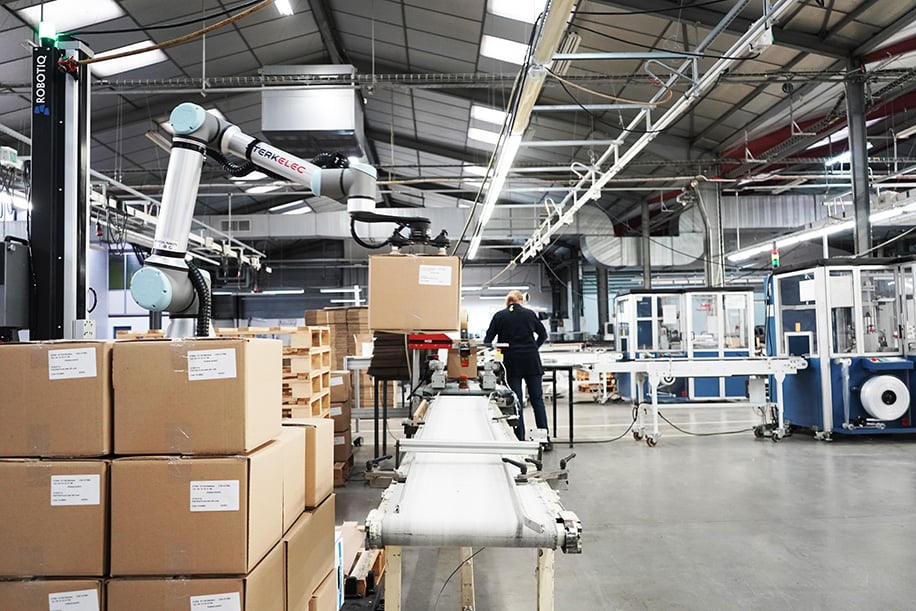
Simple vs complex: How to compare palletizing solutions on the market
At Robotiq, we are obviously very proud of our palletizing solution. But, we know that there are other palletizing solutions on the market.
Antoine explained the differences between the Robotiq solution and the others that he had seen during his search for a solution.
He said:
"The Robotiq system was very simple to use. That was the first reason we chose it over the other solutions. You can take any operator on the line and they can use it. If someone wants to use the machine, we need only 3 hours of training. After that, they can use it.
"The other solutions we saw are more complex. We would also need more machine elements to do the same thing. I think this solution is very adapted to our process and products."
This simplicity and adaptability are important for a company like Alliora where their production changes a lot. In the same week, they can change the production twice to handle two types of products. This is easy to do with the Robotiq solution.
Antoine adds:
"The second reason we chose this solution is because the support from Sterkelec and Robotiq was very good.
"When we have small problems, we can call them and we always have a solution, always a recommendation.
"For example, we have a little problem now with big, 9 kg cartons that we cannot move with the current setup. We had a call with Robotiq, he asked us about our cartons, he made some tests and gave us a solution. It was very quick. The commercial support and the technical support are very good."
How long does it take to deploy a palletizing robot?
We often say that the deployment of cobots is quick compared to conventional automation. But, how long does it really take to deploy a palletizing robot to your line?
Antoine says:
"From the time we received the machine until we used it… 5 days. A week.
"It was very, very quick because the system is very simple. We took it out of the box, we put the machine at the end of the line, we made some tests for about 2 or 3 days, we put it online, and we produce with the machine.
"Over the last two months, we have produced with the robot every day. And every day the workers are very happy."
The Result: What benefits have Alliora seen with Robotiq palletizing?
People often assume that productivity gains will be the core benefit when they are considering automation for the first time. However, with relatively slow speeds of about 1200 boxes per hour productivity wasn't the most important factor for Alliora.
Antoine explains the most important benefit they have seen:
"We have reduced the cost of production by 5%. That's the global cost of the entire production. But, not by the speed of the robot. Mainly it's because we have reduced the numbers of people on the line."
This means that Alliora can now scale their high-volume orders without that bottleneck of manual processing. They can keep their people on the lower volume lines and respond more effectively to changes in the market.
What's next for robotics at Alliora?
Antoine is now looking ahead to how they can incorporate more robotic automation into their processes.
Like many new collaborative robot users, he can see opportunities for new applications, including other packaging tasks.
He says:
"Today we only use it for palletization. But, I think it will be possible to use the robot for another function than palletization because it's very flexible. We can imagine using it for earlier stages in the packaging process.
You can learn more about the Robotiq Palletizing Solution on our solutions page.
What questions do you have about robotic palletizing? Tell us in the comments below or join the discussion on LinkedIn, Twitter, Facebook, or the DoF professional robotics community.

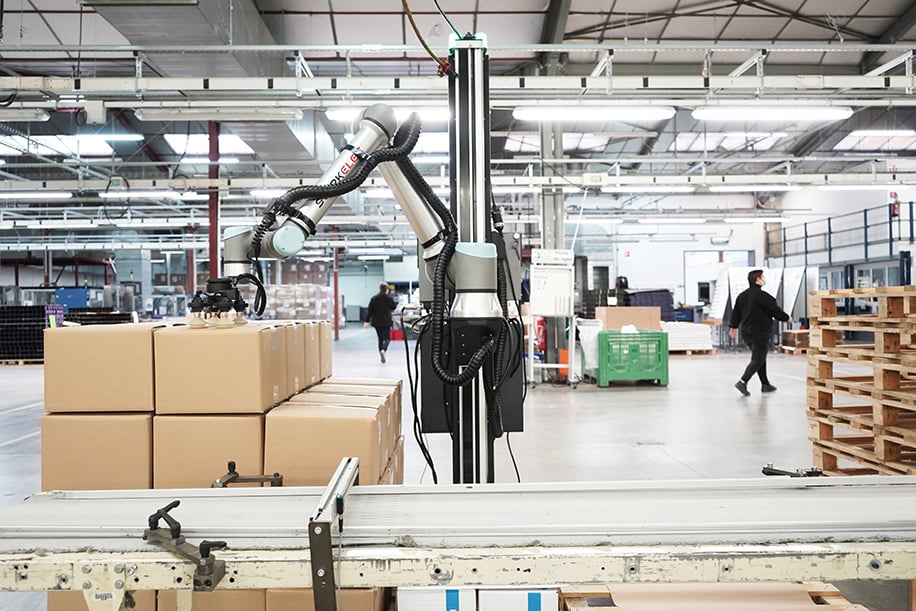
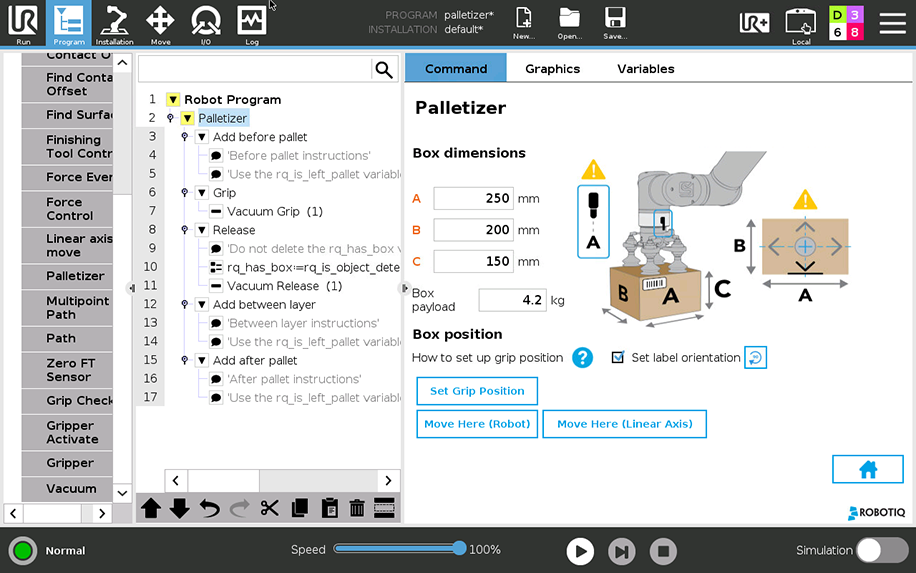

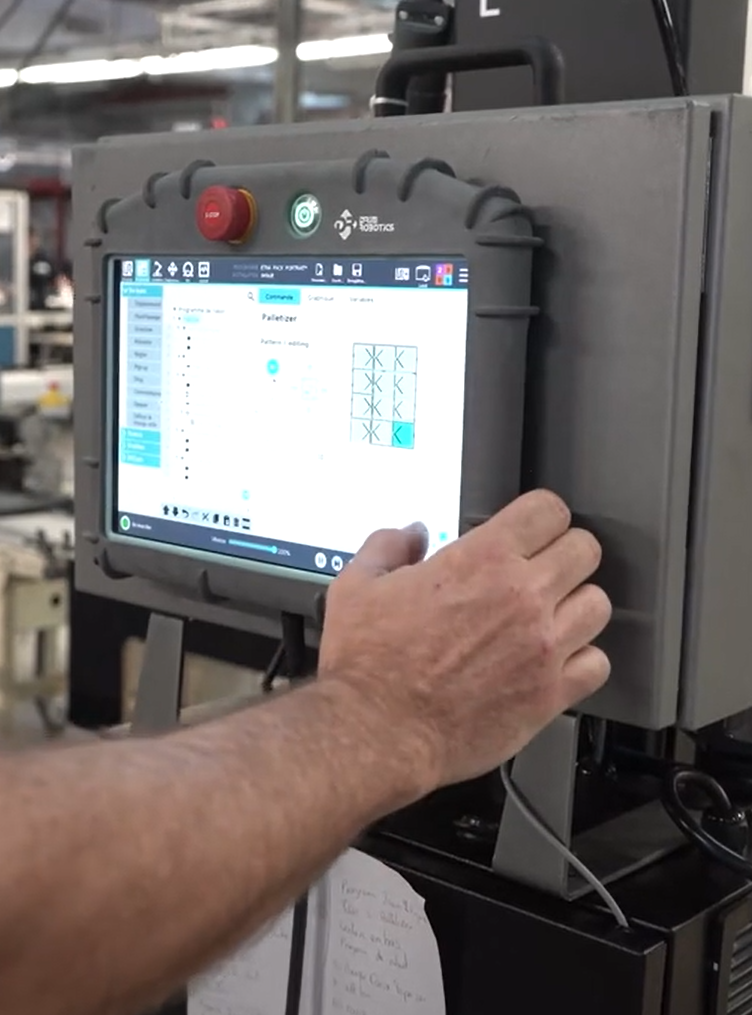
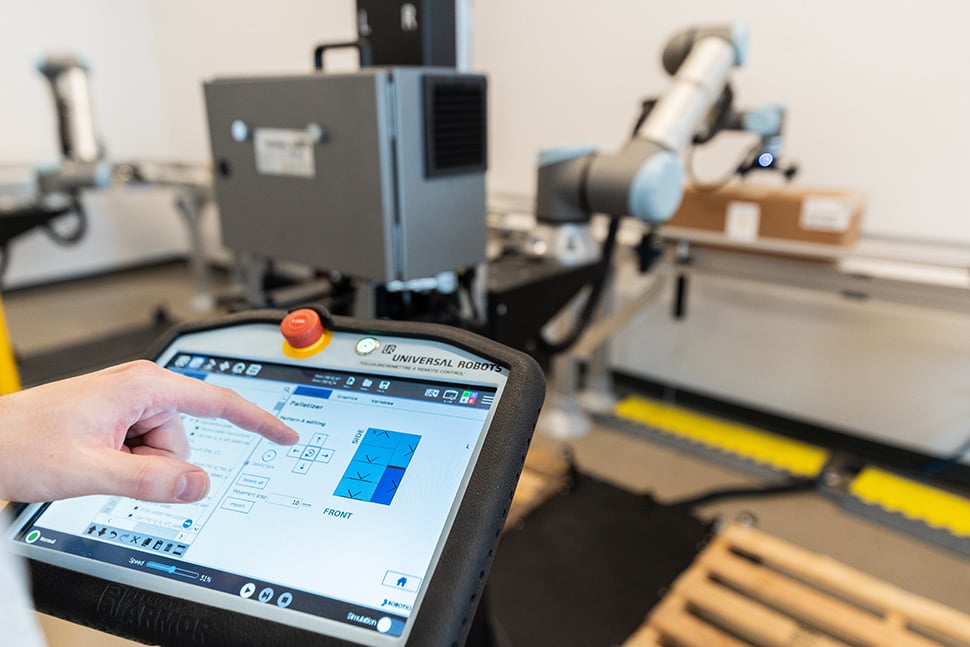
Leave a comment